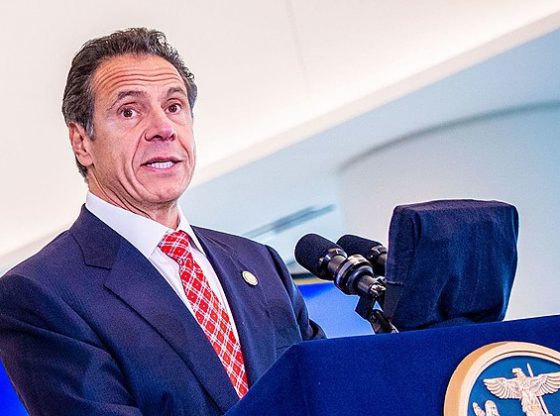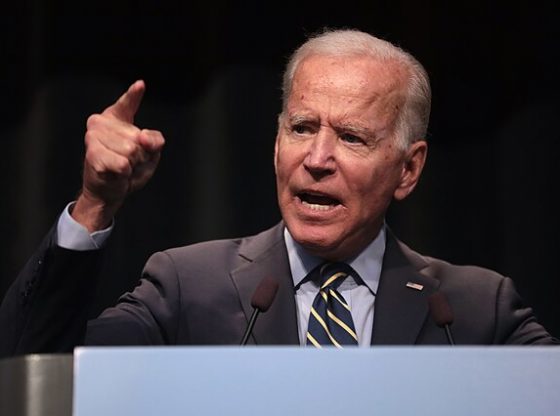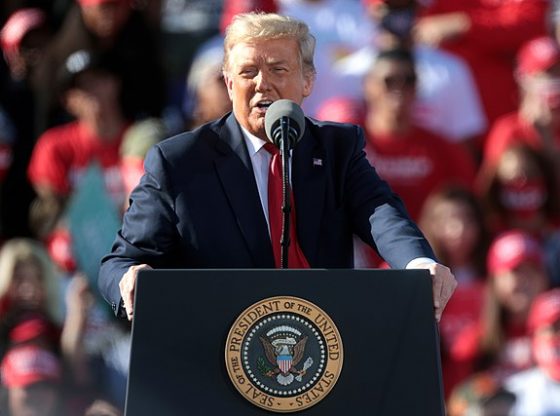Americans will be subject to substantial price increases this Easter if they plan to celebrate with traditional commodities like chocolate and eggs due to high inflation that has continued to tick up in recent months.
The price of all goods on average has risen 18.5% since January 2021, when President Joe Biden first took office, following a period of sustained high inflation, which peaked at 9.1% in June 2022 and has since remained elevated, measuring 3.2% in February. Many of the items commonly associated with Easter celebrations have risen faster than the general rate of inflation, which could stress consumers planning on celebrating the holiday.
Many families around Easter like to decorate eggs with food coloring, but egg prices are up around 29% since Biden first took office, according to the Bureau of Labor Statistics (BLS). Eggs were more expensive last year when prices for the commodity spiked by over 70% in January 2023.
The index for candy and chewing gum, which includes common Easter gifts like chocolate bunnies, has risen 24.7% since January 2021, faster than the average pace of inflation, according to the BLS. Chocolate prices in particular are facing upward pressure due to constraints on cocoa from weather events and freight costs, according to Axios.
“At the start of 2021, the price of cocoa (the commodity) was about $2240 per ton, and even throughout 2022, as inflation kicked up, it was mostly stable,” Peter Earle, an economist at the American Institute for Economic Research, told the Daily Caller News Foundation. “But in January 2023, the price per ton began rising. In June 2023, the price surpassed its previous record high of about $3300 per ton, and since September 2023, it has shot up to eventually surpass $10,000 per ton last week. The massive spike in raw cocoa prices is a product of three factors: historically bad weather in Western Africa, where a bit more than 70% of the world’s cocoa comes from. But additionally some labor/wage disputes, and yes — inflation.”
Around 92% of Americans who celebrate expect to include chocolate and candy in some way in their Easter, which is expected to generate more than $5 billion in confectionery sales in the U.S. this year, according to a report from the National Confectioners Association. Retail sales in general are expected to top $22.4 billion for the holiday, down from $24 billion last year as Americans pull back on spending, according to a report from the National Retail Federation.
“Sugar, too, has been on a tear, trading above its long-term average price,” Earle told the DCNF. “So confectioners around the world are in a bidding war for both, and we see the outcome in world commodity markets. From January 2 to March 27, 2024, the SPDR Gold shares were up about 7%. The Bloomberg Bitcoin Index was up 53%, and Nvidia is up 87%. Raw cocoa, year-to-date, is up 130%.”
Global trade disruptions in the Red Sea and the Panama Canal have also been weighing on prices as shipping costs have skyrocketed, including for commodities like toys, with Build-A-Bear recently noting it may have to raise prices in response to the attacks. Houthi Rebels have persistently assaulted ships in the Red Sea since October, leading companies to reroute around the popular passage.
Confectionery companies like Hershey and Mondelez have resorted to promoting non-chocolate Easter treats to help manage price increases and supply constraints, according to Reuters. A bean disease in West Africa has also affected the harvest of cocoa, raising prices further.
For those planning to prepare an Easter lunch or dinner, prices for poultry, including chicken and turkey, have risen 22.5% since January 2021, according to the BLS. The index for miscellaneous meats, including the Easter classic roasted lamb, increased by 21.6% in that same time period as well.
For the sides of an Easter meal, it might be advantageous to choose fresh vegetables, whose prices have only increased 11.5% since Biden took office, according to the BLS. Prices for canned vegetables have risen faster, at 19.7%.
Other sides, like rolls, muffins and biscuits, have had their prices increase even more, rising 24.7% since Biden first took office, according to the BLS. After the Easter meal, some Americans may choose to indulge in a dessert, with prices for sugar and sweets increasing by more than 24.8% in that same time frame.
For Americans looking to eat out, food at restaurants has also risen faster than the general rate of inflation, with the index for food away from home increasing 21% since January 2021, according to the BLS. In order to drive to that restaurant or a friend or relative’s on Easter, or even to church, Americans will have to pay for gasoline prices that have risen nearly 40% in that time frame.
The Biden administration has blamed rising prices in part on corporate greed, including a recent push to blame “shrinkflation,” which is the act of decreasing product sizes instead of raising prices to maintain profit levels. Despite the president’s claims, companies often resort to shrinkflation when costs are rising too quickly to maintain price levels for consumers, who are less likely to notice shrinking products.
Many economists, at least in part, point to Biden’s high spending for the high levels of inflation that the U.S. has experienced under his tenure. The president has approved trillions in federal spending through initiatives like the American Rescue Plan and the Inflation Reduction Act.
The White House did not respond to a request to comment from the DCNF.
















